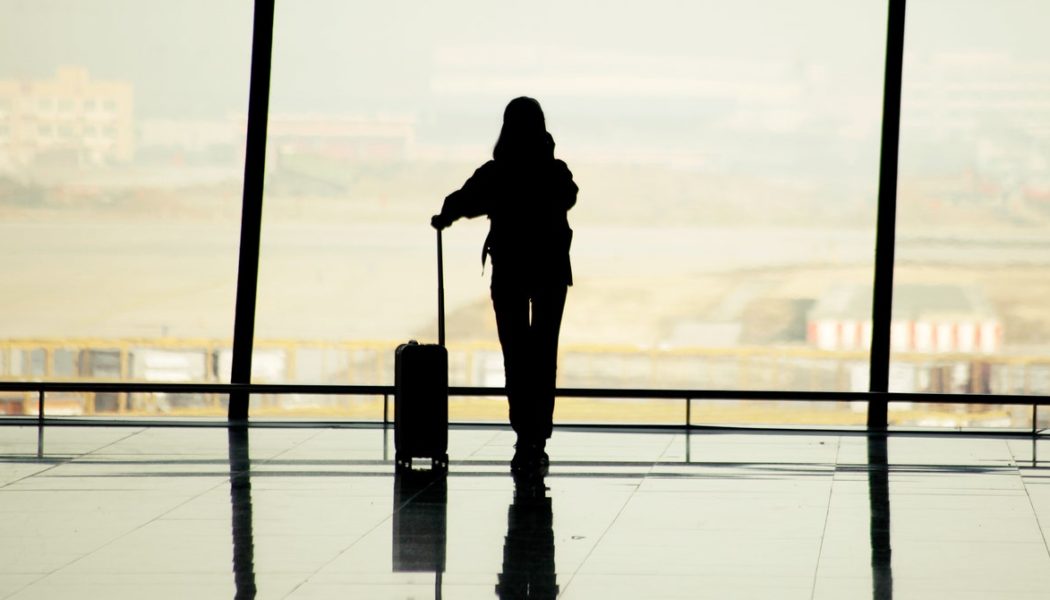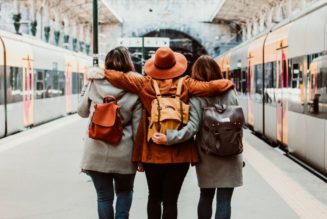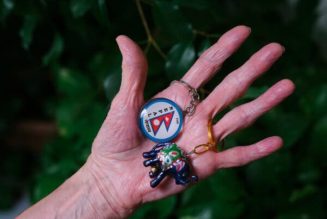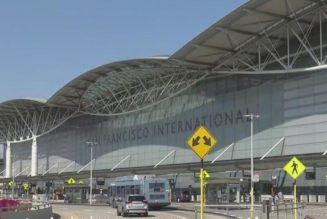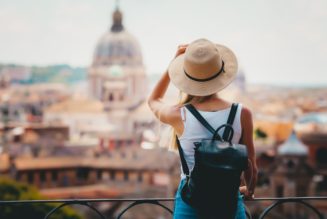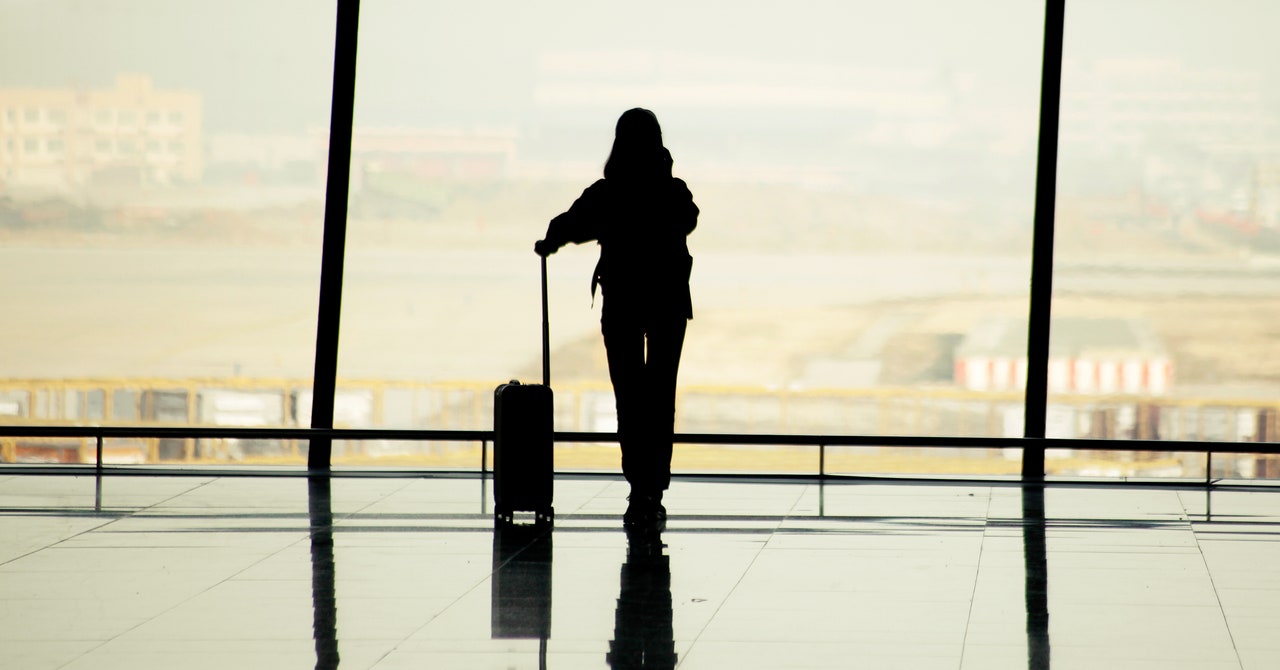
I remember exactly where I was when Covid-19 really started to impact travel. It was March 2020: I was in the UK, watching a news broadcast about how the country was shutting down all travel while simultaneously reading a notification on my phone that my flight back to the United States the following day was canceled.
Fortunately, I managed to rebook the flight and got back home safely, and the world settled in for months and years of limited travel, closed borders, and homemade bread-baking (my focaccia came out beautifully).
That UK trip had been my first solo trip abroad, and it gave me a taste for travel that I hadn’t felt since the family trips of my youth, when my father would schlep us kids through airports and across oceans on journeys of discovery. As an adult, I craved adventure again, so once the world began to adjust to Covid-19 and travel became easier, I went back on the move.
“Move” turned out to be more accurate than I expected; I went back to the UK in 2021 and lived there for six months, and then after six months back in the US, I moved to Australia, where I still live. Over the course of 2022, I flew more than 65,000 miles (104,700 kilometers) and traversed four continents. Some places had strict Covid-19 protocols, while others were fairly breezy to pass through. After all that, I feel equipped to share some helpful tips for long-distance travel in a post-Covid world.
You already know to carry your photo ID and/or passport, your Covid-19 vaccination record, and anything else your destination requires. But before you leave, take photos of all your documentation and keep the photos in your phone. Make sure the photos are clear and easy to read, and back them up to the cloud if you can. That way, if something happens to your physical documents, you have a record of them. For even more peace of mind, email the photos of your documents to yourself so there’s yet another place to access them if your phone is damaged or lost.
AirTags and similar devices are a great way to keep an eye on your luggage when it’s not with you. I put an AirTag in my purse, my backpack, and all of my checked bags, so every time I travel, I can see where my stuff is and how close it is to me.
This was especially helpful when my checked bags were left behind on a flight from the US to Australia; I could see the bags on a map still sitting at my home airport, I could see when they arrived at my airport in Australia, and I could show the baggage agents that my bags were nearby when I went looking for them in the terminal. As panic-inducing as it can be to arrive somewhere without your luggage, it helps so much to be able to at least see where your suitcases are at any given time, even if they are thousands of miles away.
I did eventually get mine returned to me after much back and forth with the airlines, and the AirTags gave me the confidence to keep pushing for action until I had my luggage in hand again. You may have heard that some airlines are banning AirTags in checked luggage, but the US Federal Aviation Administration has said they’re not a safety hazard and the carriers have backed down, so you’re free to track your bags as you see fit.
If you’re traveling to another country, there’s a good chance that the plug sockets in that country don’t match the ones you’re used to. Many hotels and airports now have USB charging ports built into their plug sockets, but just in case, research what plugs your destination country uses and get a few adapters. We have some suggestions here.
Yes, a few; bringing just one can mean a lot of frustration as you shuffle your devices back and forth between the one usable plug. I usually travel with three adapters, but even then, I’ve been known to wish for more. You can’t be too prepared to plug things in.
When I first came to Australia, I learned that this country has some pretty strict requirements for entry, including a ban on many types of food and agriculture products. Even loose dirt left on one’s boots from a trip to a farm can be a source of contaminants to the local flora and fauna.
Make sure that you’re not accidentally bringing things with you that will give you a headache at customs. This might include seeds, nuts, dairy, meat products, plant life, herbs, rocks/dirt, and medications. Each country has its own list of prohibited items, and those lists change frequently, so be sure to check the tourism or state department website of the country you’re visiting before you go. For example, Customs and Border Protection in the United States maintains a list of prohibited and restricted items for anyone entering the US and links to other departments if permits are required. When in doubt, leave it at home; there are few things as frustrating as a lengthy stopover at customs after a 15-hour flight.
My carry-on backpack has the same things in it almost every time I fly: my laptop, my charging cables and a charging brick, a bottled drink, a change of clothes, a few toiletries, some snacks, tissues, gum, a book, and earphones.
Some of that I will want to access on the plane. Some of it will not be touched for the entire flight. With limited underseat space and a deeply rooted desire to not bother the people around me with my bending and yanking, I’ve developed a method for reaching the things I need the most. The outer pouch of my backpack, which is the easiest to get to, holds the tissues, gum, snacks, and charging cables. The inner part of the backpack is packed with the items I will most likely want at the top, easiest to reach.
As soon as I board the plane and find my seat, I step out of the row of traffic, set my backpack on my seat, and pull out my drink, a snack, my cables, my book, and my phone, placing all of them in the seat back pocket in front of me. Then I slide the backpack under the seat, being careful to position it so the outer pouch is easy to reach. Now I can get to just about everything I need without having to yank the entire bag out from under the seat, disturbing those around me. If you want to place your bag in an overhead storage space, the same strategy applies: Pull out what you need before you take your seat and before you put the bag above you. The goal is to minimize how often you need to access your bag so you can maximize your comfort in your seat.
I cannot stress enough how important it is to have something to sip and nibble on a long-haul flight. When I fly from Australia to the US, I take three different planes with at least two different airlines and spend more than 24 hours in the air. The airlines vary widely in what food they offer and when; you might be given dinner at 2 am your body’s time or breakfast at 4 pm local time, or you might get nothing if the turbulence is too much for drink or food service.
Food notwithstanding, you’re spending hours inside a plane with very dry air and limited hydration options. Bring a drink (purchased on the right side of security, of course), sip it throughout the flight, and avoid arriving at your destination with a dehydration headache. Bring a snack, ideally something with protein, and stave off random bouts of hunger that will hit as your body goes, “Wait, what time is it? Should we be eating right now?”
Plan ahead, use the tools at your disposal, and make travel as easy and comfortable as possible on yourself. In a post-Covid world, the rules keep changing, so be sure to do your homework, know what documentation your destination requires you to bring, and be prepared for whatever might happen.
